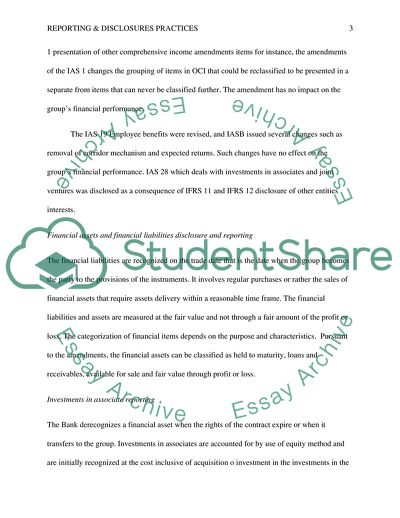Cite this document
(Corporate Governance Disclosures Essay Example | Topics and Well Written Essays - 2500 words, n.d.)
Corporate Governance Disclosures Essay Example | Topics and Well Written Essays - 2500 words. https://studentshare.org/finance-accounting/1874135-corporate-governance-disclosures
Corporate Governance Disclosures Essay Example | Topics and Well Written Essays - 2500 words. https://studentshare.org/finance-accounting/1874135-corporate-governance-disclosures
(Corporate Governance Disclosures Essay Example | Topics and Well Written Essays - 2500 Words)
Corporate Governance Disclosures Essay Example | Topics and Well Written Essays - 2500 Words. https://studentshare.org/finance-accounting/1874135-corporate-governance-disclosures.
Corporate Governance Disclosures Essay Example | Topics and Well Written Essays - 2500 Words. https://studentshare.org/finance-accounting/1874135-corporate-governance-disclosures.
“Corporate Governance Disclosures Essay Example | Topics and Well Written Essays - 2500 Words”. https://studentshare.org/finance-accounting/1874135-corporate-governance-disclosures.


